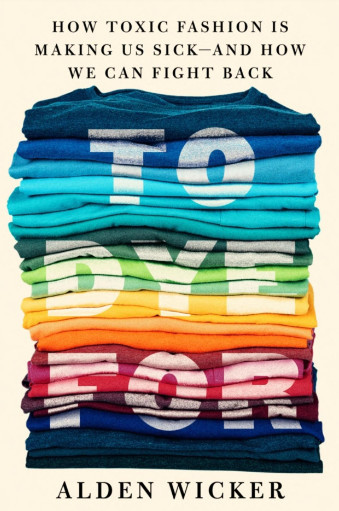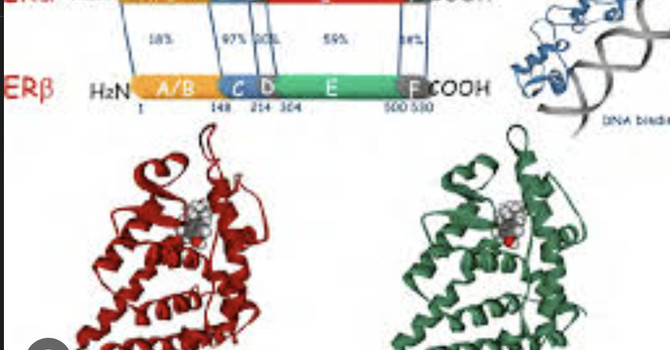
Today, I want to dive into a topic that's been on my mind lately—how the clothes we wear might be impacting our health. I recently revisited a groundbreaking book by my dear friend, Alden Wicker, titled "To Dye For: How Toxic Fashion Is Making Us Sick—and How We Can Fight Back". It's an eye-opener that sheds light on the hidden dangers lurking in our wardrobes and offers practical steps to protect ourselves and our planet.
A Personal Connection and Re-Listening to the Book
I first read Alden's book last fall and had the wonderful opportunity to interview her during a book signing event at Shack 15 in San Francisco. Feeling compelled to revisit this crucial work, I re-listened to her book on Audible this past weekend, (which she actually reads). As a menopause specialist treating women with transdermal hormones (HRT), I'm constantly amazed by how absorbent our skin is. I can treat women with transdermal HRT and change their entire outlook, which underscores how easily chemicals can enter our bloodstream and how powerful an effect they can have.
The Hidden Dangers in Our Clothes
Wicker starts her book with a startling example: flight attendants falling ill due to their uniforms. This isn't an isolated incident. The book reveals a widespread issue of chemical contamination in our clothing, affecting not just those in the airline industry but all of us.
Breaking Down the Science
One thing I love about "To Dye For" is how Wicker makes complex scientific concepts easy to understand. She explains how chemicals like formaldehyde, fungicides, and endocrine disruptors end up in our clothes and make their way to our skin. These substances can lead to various health issues, including:
- Skin irritations and allergies
- Autoimmune diseases
- Infertility
- Cancer
The Bigger Picture
Wicker doesn't just stop at our clothes. She connects the dots to show how these harmful chemicals are also found in cosmetics, cleaning products, and food packaging. This interconnectedness highlights the need for a broad, systemic approach to tackle the issue.
Practical Tips for Safer Choices
Feeling overwhelmed by all this information? Don't worry. Wicker provides actionable steps we can take to protect ourselves:
- Choose Safer Brands: Look for companies that prioritize non-toxic materials.
- Read Labels: Be mindful of the chemicals used in the clothes you buy.
- Support Change: Advocate for stronger regulations to protect consumers and workers.
- Educate Yourself: Stay informed about what goes into making your clothes.
A Balanced View
What's refreshing about Wicker's approach is that she doesn't vilify the entire fashion industry. Instead, she highlights companies and individuals working towards positive change, giving us hope and motivation to demand better practices.
Final Thoughts
"To Dye For" is more than just a book about fashion; it's a call to action for all of us. It's about understanding the invisible threats in our everyday lives and making choices that safeguard our health and the environment. Remember, we all wear clothes, so this book truly is for everyone.
As someone who treats women using transdermal hormones (HRT), I'm constantly reminded of how absorbent our skin is. Chemicals in our clothing, makeup, shampoos, and even the dyes in our fabrics can disrupt our endocrine systems and lead to serious health issues. It’s important to remember that it's not only what we put on our skin but also what we put into our bodies that gets absorbed through our GI tract. Both can expose us to toxic or endocrine-disrupting chemicals. By examining our choices, we can prevent disease and improve our health.
Dr. Anat Sapan MD, specializing in peri/menopause care, advocates for a personalized approach combining Bioidentical Hormone Replacement Therapy with lifestyle strategies. Her telemedicine services in California, Florida, Illinois and New York. I aim to help women overcome menopausal symptoms and enhance their quality of life.

Anat Sapan, MD
Contact Me



